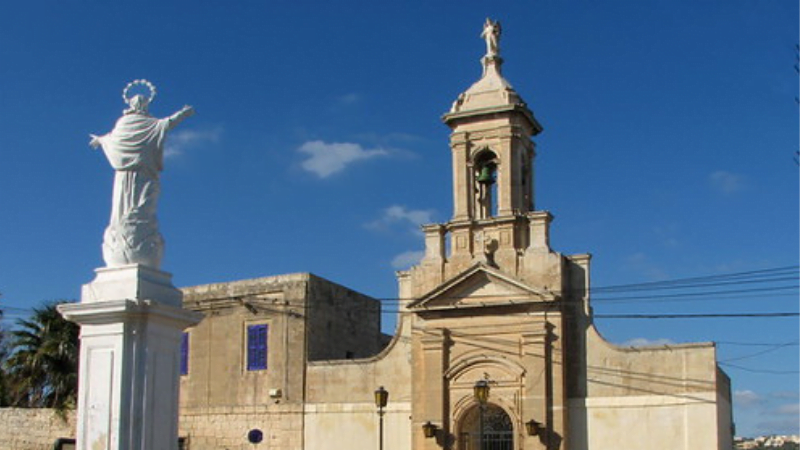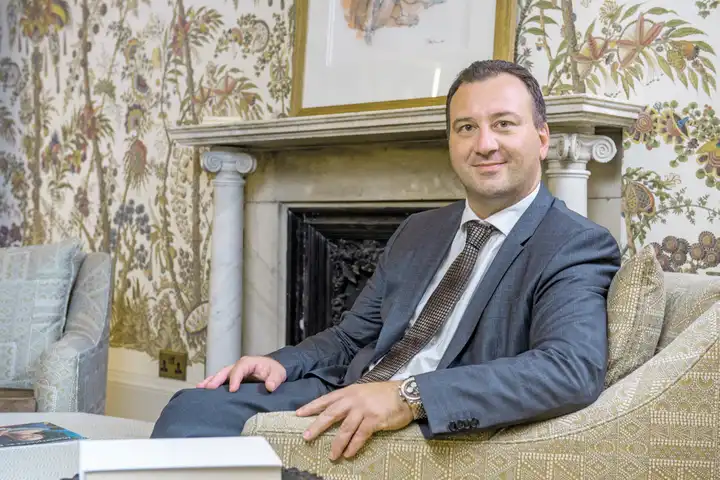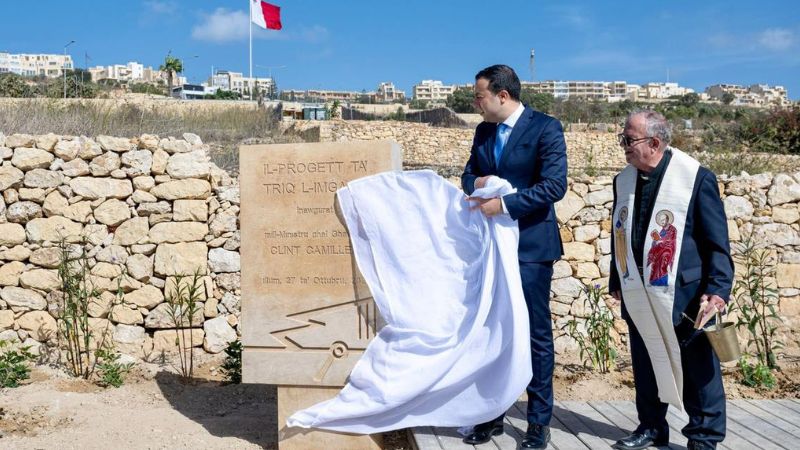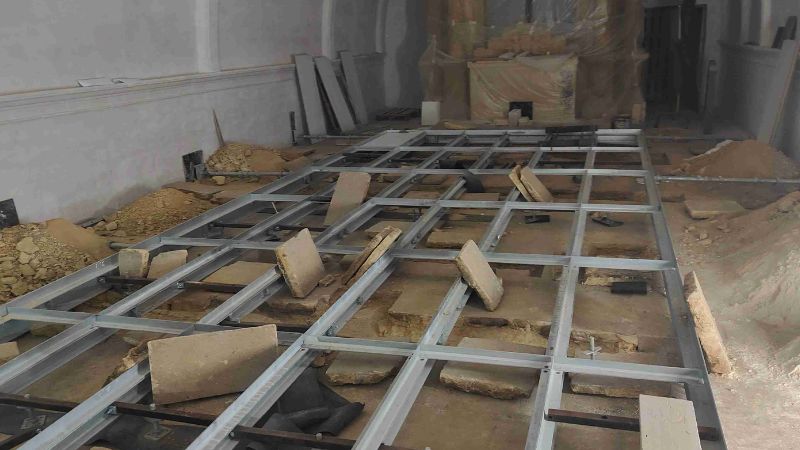This is a guest post by André P. DeBattista, a researcher in the field of politics and international relations, and a Mensija resident.
If you’re driving towards St Julian’s from San Gwann, you’re likely to turn into Triq is-Santwarju. A belfry with the statue of the Archangel Gabriel comes into view. This chapel, known as Tal-Mensija, gave its name to the surrounding area. The charm and the character of this area are now under threat.
In his book on the wayside chapels of Malta, Kilin recalls the legend of this chapel. In the fifteenth century, a farmer named Andrew was digging, and he saw a light shining through one of the numerous caves in the area. As he dug further, he found a niche with a triptych of the Blessed Virgin Mary and a candlestick with a candle burning before it.
Legend has it that the parish priest of Birkirkara took the painting and kept it in his home. The following day, the painting found itself back in the cave. The parish priest remained undeterred, taking it back to his home, but each time the painting would somehow return to the cave. He decided to involve the Bishop, who took the painting to his palace. Again, the painting found itself in the cave. The Bishop then ordered the construction of a stone altar on site.
Communities are born out of such shared stories and legends. Mensija became a place of pilgrimage and, in 1877, Fr Gorg Debono took up residence next to the church to be able to say daily Mass. His nephew, Michael, built the present church – a simple structure which kept the original cave chancel.
After the end of World War II, a pilgrimage of thanksgiving was held to this sanctuary, according to a Times of Malta report. Perhaps the Sanctuary is no longer a place of devotion as it once was and its legend is dismissed as mere folklore. However, a lively community still gathers for Mass and other religious celebrations. Their spiritual needs are met by the wonderful Capuchin community in San Gwann.
Opposite the chapel, there’s the imposing Torri Lanzun. This structure served various functions. It seems to have started out as a farmhouse, which was later fortified to provide for some shelter during attacks by marauding corsairs. During World War II, it served as an observation post before falling into disrepair. It was restored in the 1970s. Today it is in excellent condition, and the imposing structure is surrounded by beautiful oleander shrubs.
There are other sites nearby: cart ruts, caves, farms which are now lovingly restored, and the hamlet of Mensija with its small shops and lively community. The quiet residential area which grew around it shares in the life of this hamlet.
Some of the larger houses and villas were sold off, knocked down and turned into smaller dwelling units. However, most new developments preserved the style of the neighbourhood. All this is about to change.
A new residential block is being proposed close to Mensija Chapel that is reported to include 40 luxury apartments with pools. The site will overlook Wied Għomor which has also been the target of indiscriminate development over the past decades.
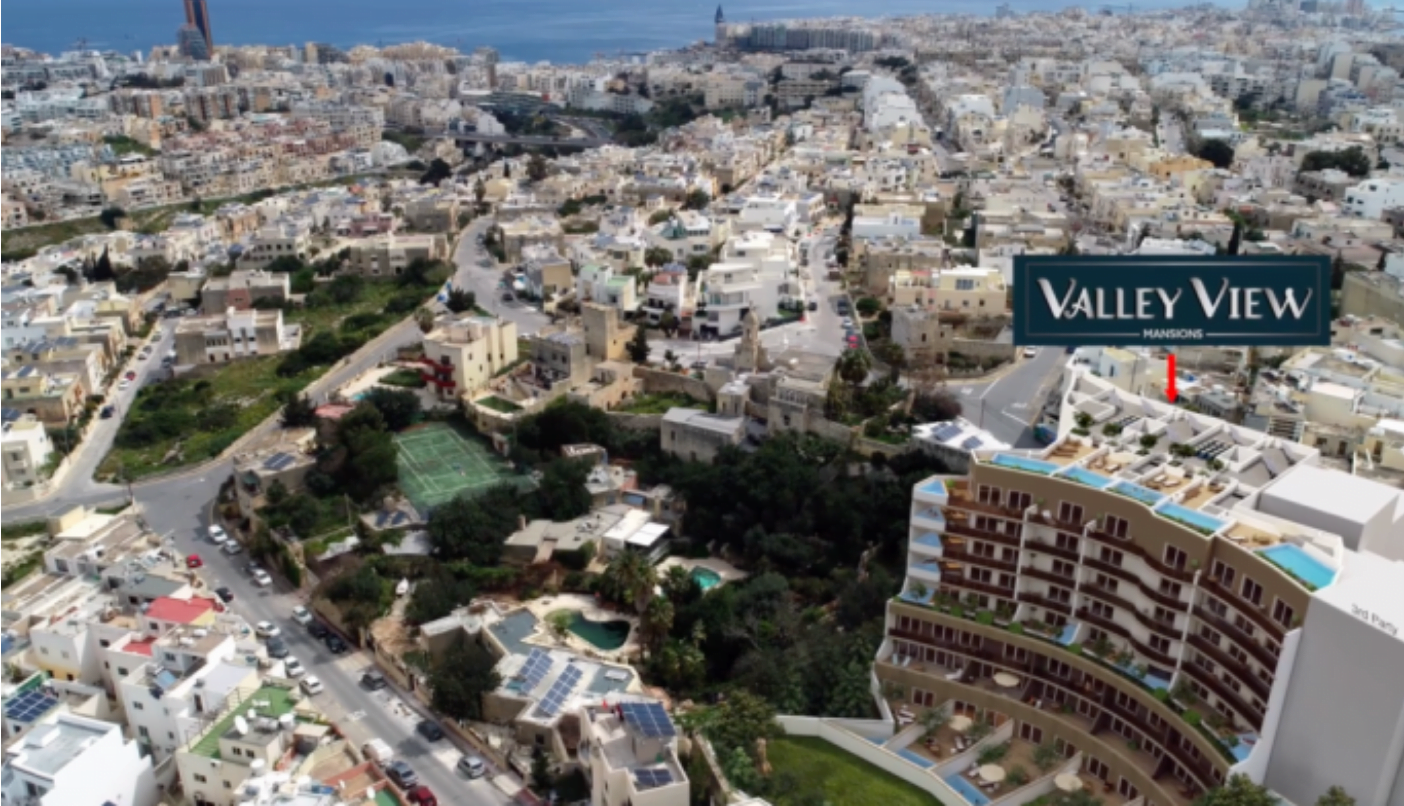
Various objections have been raised by both the Maltese Curia and the Superintendence of Cultural Heritage. The report by the cultural heritage watchdog is worth reading carefully:
“There is a risk that development in the area may pose a threat to known and unknown cultural heritage. The Superintendence notes the location of an existing cave and the distance set from the excavation within the site footprint. The nature of the cave requires further assessment.” Whether these concerns will be heeded remains to be seen.
Many, myself included, are giving up on the hope that there might be some way out of this nightmare we are condemned to live through because of developers and their political backers. Developers claim that they are part of the solution rather than the problem. Evidently, they are beginning to believe the same lies they have been repeating for years. After running many an old village core, it is now time for them to turn to the smaller, more traditional hamlets.
Naturally, when marketing the new development, some very capable wordsmiths need to be employed. Somehow, they must come up with a euphemism for the 35 tower cranes (at the time of writing) which overlook the valley. These have now become the symbol that represents an island slowly being ruined by a surplus of greed and a deficit of good taste.
Today is the last day that objections to the project can be made to the Planning Authority.

